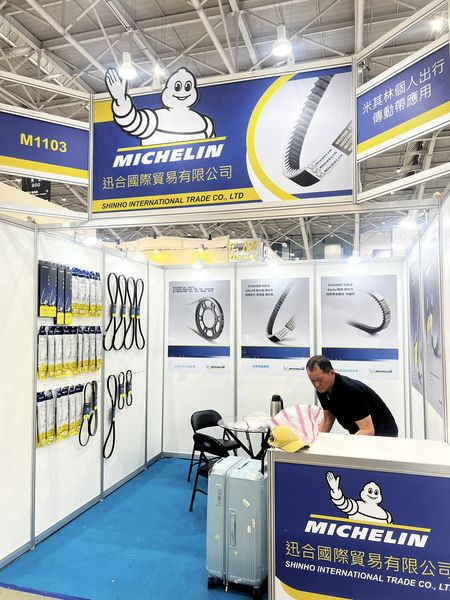
Rubber Belts: Essential for Power Transmission
Rubber belts play an important role in our daily lives, even though they may not be very noticeable.
These flexible bands are used for power transmission, connecting mechanical components, and for various industrial and mechanical applications.
In this article, we will delve into the main materials of rubber belts, understand their characteristics, and explore their roles in different applications.
-
Rubber Materials
The core material of rubber belts is rubber, an elastic material well-suited for power transmission. Rubber materials are commonly used for the outer layer of belts and are combined with other reinforcing materials to enhance their wear resistance and durability. The main rubber materials include:
-
Chloroprene Rubber (CR): This rubber material has excellent oil resistance and wear resistance, commonly used in automotive belts and mechanical drives.
-
Nitrile Rubber (NBR): Nitrile rubber has outstanding oil resistance and is therefore common in industrial applications such as hydraulic systems and generator belts.
-
Polyacrylate Rubber (ACM): This material performs well at high temperatures and is typically used in high-temperature applications such as oven drive belts.
-
Fluoroelastomer (FKM): Fluoroelastomer is a high-performance material with excellent heat resistance and chemical stability, often used in demanding applications such as aerospace and chemical industries.
-
Hydrogenated Nitrile Rubber (HNBR): HNBR is a hydrogenated nitrile rubber that combines excellent oil resistance with high-temperature performance, commonly found in automotive and industrial applications.
-
Ethylene Propylene Diene Monomer (EPDM): EPDM is a material with excellent weather resistance and ozone resistance, commonly used in outdoor applications such as vehicle cooling systems and roofing belts.
-
-
Reinforcing Materials
In addition to rubber itself, belts also contain reinforcing materials, typically polyester, fiberglass, or steel wire. These reinforcing materials give the belt strength and durability, ensuring it can withstand high loads and speeds.
-
Applications
Rubber belts are widely used, from automotive engine drives to industrial machinery operations, covering a wide range of applications. They can be used in conveyor systems, generators, fans, compressors, printing machines, and various other equipment.
In conclusion, rubber belts are an indispensable part of our daily lives and industrial applications, ensuring smooth operation of various equipment with their wear resistance, durability, and efficient power transmission capabilities.
Whether in your car engine or on an industrial production line, rubber belts are essential components of power transmission, carefully designed to ensure reliability and performance.
I hope this introduction helps you better understand rubber belts and their importance.